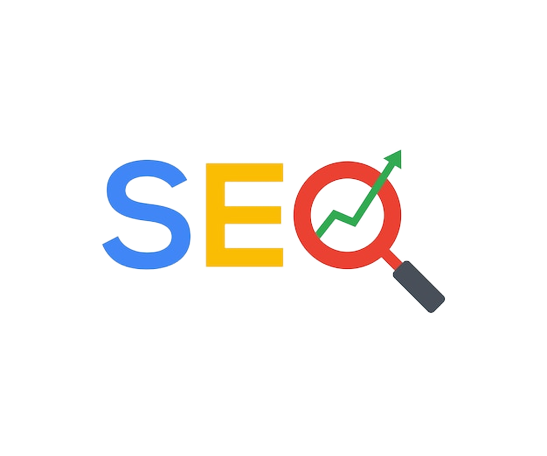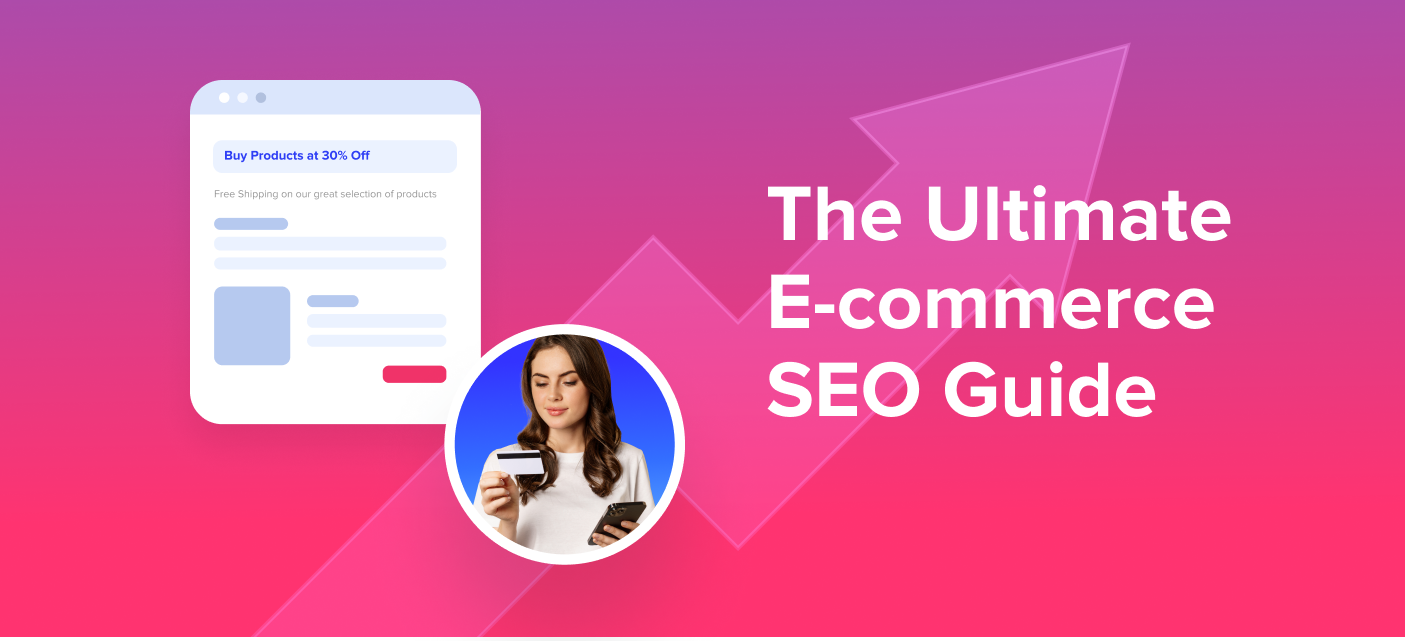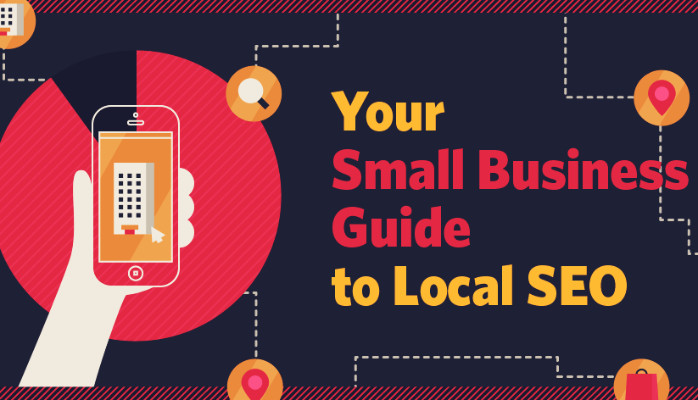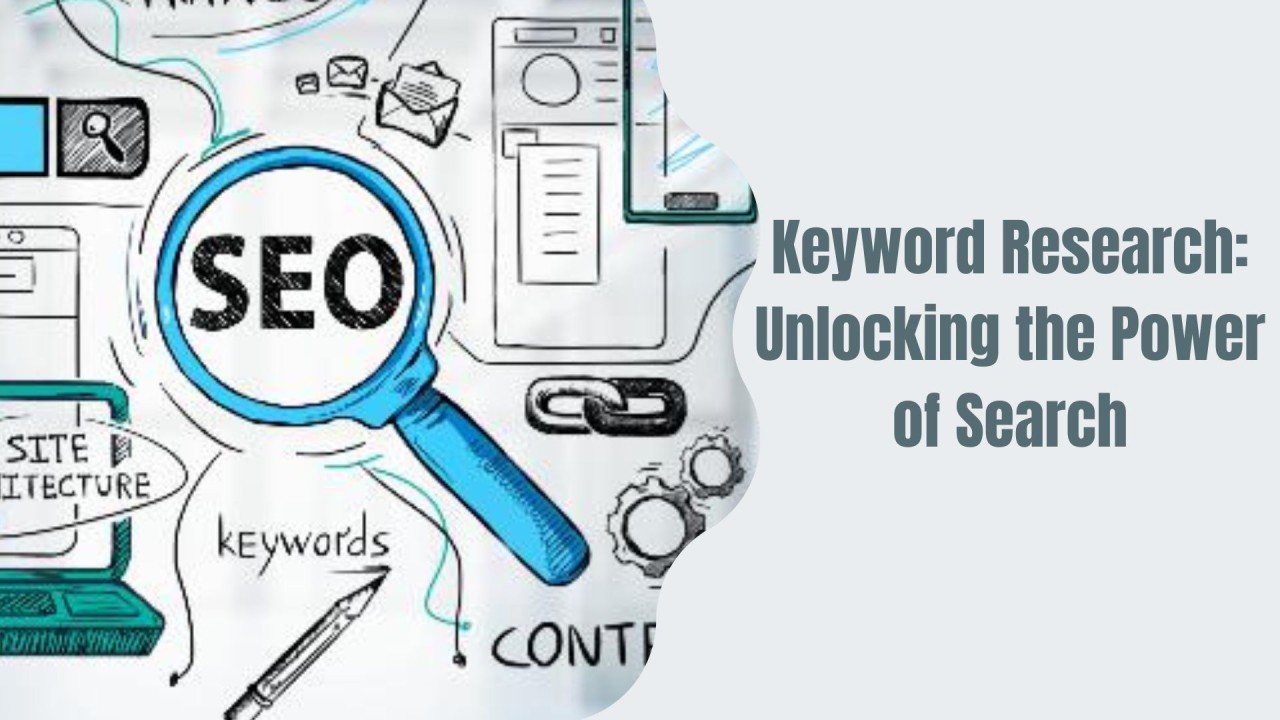In today’s crowded digital marketplace, succeeding with an e-commerce store requires more than just offering great products—you need to ensure potential customers can find you.
That’s where e-commerce SEO (Search Engine Optimization) comes in. Optimizing your online store for search engines is one of the most effective ways to attract organic traffic, increase visibility, and drive sales.
This comprehensive guide will walk you through the most important SEO strategies for e-commerce, from keyword research to technical optimization.
By following this guide, you’ll be able to build a solid SEO foundation and set your online store up for long-term success.
1. Keyword Research for E-commerce SEO
The foundation of any effective SEO strategy is keyword research. For e-commerce sites, it’s especially important to target keywords with commercial intent, which are likely to lead to conversions.
a. Types of Keywords to Target
- Product-Specific Keywords: These are keywords related to individual products, like “Sony noise-canceling headphones” or “Adidas Ultraboost running shoes.”
- Transactional Keywords: These indicate that users are ready to make a purchase. Examples include “buy men’s leather wallets” or “cheap smartphone deals.”
- Long-Tail Keywords: These are more specific, lower-volume search phrases that often have higher conversion rates. Examples include “best waterproof running shoes for women” or “organic baby clothes in New York.”
b. Keyword Research Tools
Using the right tools is essential to identifying valuable keywords. Popular tools like Google Keyword Planner, Ahrefs, SEMrush, and Ubersuggest can help you discover high-traffic keywords related to your products.
- Competitor Research: Look at what keywords your competitors are targeting and identify opportunities to rank for similar or less competitive terms.
c. Prioritizing Keywords Based on Search Intent
Understanding the intent behind keywords is key to driving traffic that converts. Target keywords based on user intent—whether they’re in the awareness, consideration, or purchase stage.
2. On-Page SEO for E-commerce Websites
Once you have a solid keyword list, it’s time to implement on-page SEO—optimizing individual pages to rank for those target keywords.
a. Product Page Optimization
Product pages are the most critical parts of any e-commerce site, as they are where conversions happen. Here’s how to optimize them:
- Product Titles (H1 Tags): The product title should be clear, concise, and contain your primary keyword. For example, “Women’s Waterproof Hiking Boots – Lightweight & Durable.”
- Meta Descriptions: Write enticing meta descriptions that include target keywords and a call to action. This text shows up in search engine results and helps boost click-through rates.
- Product Descriptions: Avoid using manufacturer descriptions. Instead, write unique, detailed descriptions that emphasize both features and benefits. Use your primary and secondary keywords naturally throughout.
- Image Optimization: Use high-quality images and optimize image alt text with descriptive phrases that include keywords. This helps with both user experience and SEO.
b. Category Page Optimization
Category pages also play a vital role in SEO. These pages often target broader search queries, so optimizing them is essential.
- Category Titles: Use clear and relevant category titles that target broad, high-traffic keywords like “Men’s Running Shoes” or “Women’s Outerwear.”
- Category Descriptions: Include a short paragraph of text at the top of each category page, explaining what users can find and naturally incorporating keywords.
- Internal Linking: Link to subcategories or popular products within the category page to improve user experience and site structure.
c. On-Page Optimization Tips
- Use H1, H2, and H3 Tags: These header tags help structure your content for both search engines and users. Include relevant keywords in headers where appropriate.
- Clean URL Structure: Keep URLs clean and keyword-focused, avoiding unnecessary parameters. For example, use “/womens-running-shoes/” instead of “/product-category.php?id=25.”
3. Technical SEO for E-commerce
While on-page SEO is important, technical SEO ensures that your website is crawlable, indexable, and provides a good user experience.
a. Site Architecture and Navigation
An organized site architecture helps both users and search engines navigate your site effectively.
- Flat Structure: Keep your site’s structure flat, meaning users can reach any page on your site within three clicks from the homepage. This improves site usability and crawlability.
- Breadcrumb Navigation: Breadcrumbs help users and search engines understand the relationship between different pages on your site. Implement breadcrumb navigation for better user experience and SEO.
b. Page Speed Optimization
Page speed is a critical ranking factor, especially for e-commerce sites where slow pages can result in lost sales.
- Image Compression: Compress large images without sacrificing quality to improve load times.
- Minify CSS and JavaScript: Reducing the size of your CSS and JavaScript files can help decrease page load times.
- Leverage Browser Caching: Use caching to store files locally on a user’s browser, speeding up subsequent visits.
c. Mobile Optimization
With the majority of online shopping happening on mobile devices, having a mobile-optimized site is essential.
- Responsive Design: Ensure your website is fully responsive, adjusting to different screen sizes and devices.
- Mobile Page Speed: Use Google’s PageSpeed Insights to identify any mobile-specific issues slowing down your site, and fix them accordingly.
d. HTTPS and Security
Google considers HTTPS a ranking factor. Additionally, security is crucial for an e-commerce store where sensitive customer information is being exchanged.
- SSL Certificates: Make sure your website has an SSL certificate, which will give your site the secure “HTTPS” prefix and protect user data.
e. Crawlability and Indexing
Ensure that search engines can easily crawl and index your website’s important pages.
- XML Sitemap: Submit an XML sitemap to Google Search Console to ensure search engines can find all your key pages.
- Robots.txt File: Use a robots.txt file to block search engines from crawling irrelevant pages (such as admin pages, login pages, or shopping carts).
4. Content Marketing for E-commerce SEO
A strong content marketing strategy can help your e-commerce site rank for informational keywords, build brand authority, and drive organic traffic.
a. Blogging and Resource Pages
Blogging is an effective way to target long-tail keywords and provide value to your audience.
- How-to Guides and Tutorials: Write detailed guides or tutorials relevant to your products. For example, if you sell fitness gear, you could write a guide titled “How to Choose the Best Running Shoes for Marathon Training.”
- Product Comparisons and Buying Guides: These types of blog posts help users during their decision-making process and often rank well for search queries with commercial intent.
b. User-Generated Content
User-generated content, like reviews and testimonials, provides unique, fresh content that improves SEO.
- Customer Reviews: Encourage customers to leave reviews on product pages. These not only build trust but also generate valuable keyword-rich content.
- Q&A Sections: Add Q&A sections to product pages, where customers can ask questions and receive answers. This provides additional content for search engines to crawl.
5. Off-Page SEO for E-commerce
Off-page SEO focuses on building backlinks and external signals to improve your site’s authority and trustworthiness.
a. Link Building
Backlinks from reputable websites tell search engines that your site is trustworthy and authoritative.
- Guest Blogging: Write guest posts for industry-related websites, including a link back to your e-commerce store.
- Influencer Outreach: Collaborate with influencers to promote your products, generating traffic and backlinks.
- Partner with Brands or Bloggers: Build relationships with bloggers or other brands to secure mentions, reviews, and backlinks.
b. Social Media Signals
While social media links don’t directly impact search rankings, they can drive traffic and increase your brand’s visibility, which indirectly benefits your SEO efforts.
6. Local SEO for E-commerce with Physical Locations
If your online store also has physical locations, local SEO can help attract customers to your store.
a. Google My Business
Set up and optimize your Google My Business profile with accurate information, such as your store’s address, hours, and contact details.
b. Local Keywords
Optimize your product and category pages for local keywords, such as “best running shoes in Los Angeles” or “buy hiking boots in New York.”
Conclusion
Optimizing your e-commerce store for SEO requires a multi-faceted approach, combining keyword research, on-page optimization, technical SEO, content marketing, and off-page strategies.
By implementing these best practices, you’ll improve your online store’s search engine visibility, attract more qualified traffic, and boost conversions.
Stay committed to regularly monitoring and updating your SEO strategy as search engine algorithms evolve and your business grows.
With a well-executed e-commerce SEO plan, your online store can achieve long-term success and drive sustainable sales growth.




